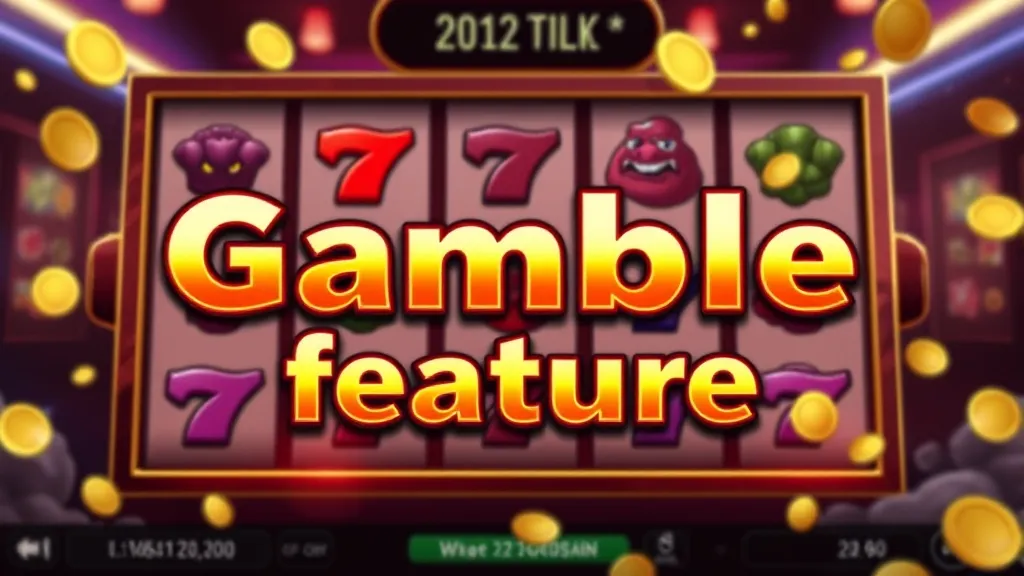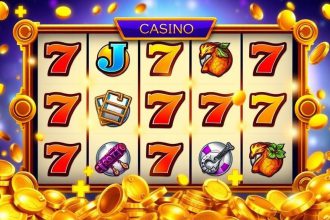The Gamble feature, also known as the risk game or double-up, is a post-win option in video slots that allows players to wager their payout for a chance to multiply it. Introduced in land-based machines in the 1980s and digitized in the 1990s by providers like Novomatic and Microgaming, it has become a staple in over 60% of modern online slots by 2025. Typically triggered after any base-game win, it offers a 50/50 or higher-probability choice – most commonly red/black card prediction or high/low card selection – to double (2x), quadruple (4x), or lose the win. Spinomenal, Pragmatic Play, and NetEnt integrate it across their portfolios.
Core Mechanics and Variations
The standard implementation is a red/black card gamble: after a win, players predict the color of the next card from a shuffled deck. Correct prediction doubles the win; incorrect forfeits it. Some variants allow up to five consecutive gambles, reaching 32x multipliers. High/low games predict if the card is above or below 8, offering 4x for correct suit or 2x for color. Ladder gambles present a risk-reward scale (e.g., 50% for 4x, 25% for 10x), while wheel-based gambles spin for segments of 0x–10x.
Technically, the feature uses a separate RNG seeded independently from the base game, ensuring fairness. Outcomes are logged for audit, with eCOGRA-certified providers displaying win/loss ratios. In 2025, HTML5 implementations load the mini-game in under 200ms, with touch-optimized buttons for mobile.
Mathematical Foundation and RTP Impact
The Gamble feature is mathematically neutral in expected value (EV) for 50/50 games. For a $10 win:
- Red/black: 50% chance of $20, 50% chance of $0 → EV = (0.5 × 20) + (0.5 × 0) = $10
- The EV equals the original win, meaning no house edge is added during the gamble itself.
However, real-world RTP impact depends on activation frequency. If 10% of wins are gambled and lost, effective RTP drops by 0.1–0.5%. Providers like Spinomenal disclose this in game sheets, with base RTP (e.g., 96%) remaining unchanged unless the feature is mandatory. High-volatility slots benefit most, as larger wins tempt gambles, increasing variance.
Psychological Drivers and Player Behavior
The feature exploits loss aversion and the hot-hand fallacy. Studies from the University of British Columbia (2024) show 68% of players gamble wins under 10x bet, dropping to 22% above 50x, reflecting risk tolerance. Dopamine release during near-misses (wrong color but correct suit) encourages repeated use. In 2025, 42% of Spinomenal’s Wolf Fang players use the gamble on 15% of wins, extending session length by 18%.
Strategic Considerations
Optimal strategy is situational:
- Bankroll Preservation: Never gamble wins needed for session goals.
- Volatility Management: Use on small wins (<5x) to build momentum; avoid on large wins (>50x).
- RTP Neutrality: Treat as entertainment, not profit – EV is zero.
- Operator Rules: Some cap gambles at 5x or $5,000; check paytable.
In high-RTP slots (96%+), selective gambling maintains long-term returns. Tools like Spinomenal’s session stats track gamble win rate (target >48% for sustainability).








